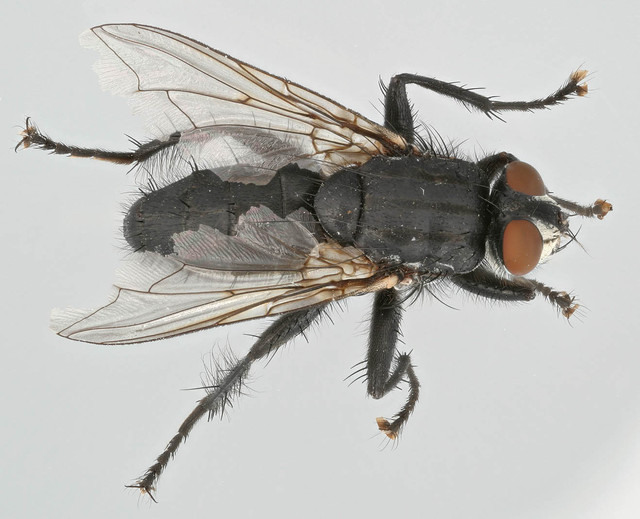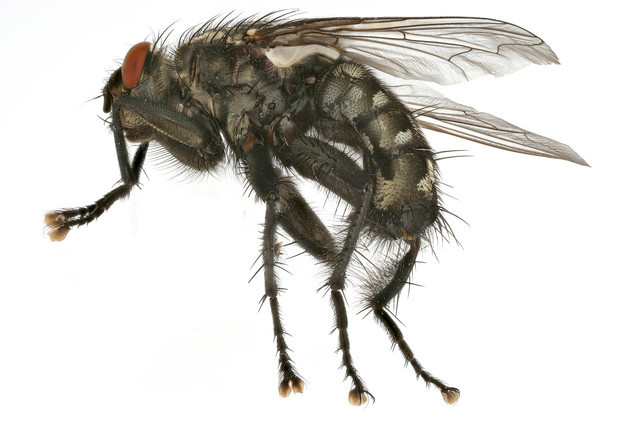Facts
Although
Sarcophaga normally do not interact with live organisms, there are
documented cases, where the flies cause injuries or illnesses to
live humans.
While Sarcophaga primarily settle their larva on dead organisms, there
have been cases where pupae were feeding on live humans.
In August 2010, a 75-year-old woman was brought in to S.
Croce e Carle Hospital form a local nursing home, because of the
presence of larvae on the woman’s right hand.
Ten larvae were found on the webbed space between the thumb
and forefinger. The
larvae had caused a superficial fissure on the webbed space
approximately 10 mm long.
Although situations like this have occurred other times, it
is very rare. In this
particular case the woman was bedridden, had total paralysis on her
right side, and her right limb had a below average temperature.
All of these factor may have attracted the fly, who normally
are attracted to dead organisms, to the hand.
A dermatologist examined the patient and ordered the wound to
be disinfected. He then
prescribed an antibiotic to be placed on the wound, followed by a
roll of gauze to insure that the infestation wouldn’t occur again.
After approximately four days, the wound had healed (Dutto
and Bertero, 2011).
Sarcophaga carnaria
larvae can be used for more than just forensics.
An article in Contact Dermatitis mentioned a fisherman who
used the European flesh fly as bait.
He went to a hospital after fishing showing symptoms of
sneezing, nasal itching, and urticaria (a rash of round welts on the
skin that itch intensely).
He also displayed hand and eyelid oedema (excess liquid
collecting in the body cavity).
The rash localized to his upper limbs and trunk.
The fisherman described three instances in which this had happened, all occurring after fishing. The fisherman thought that the symptoms were due to his handling of the larvae. Drugs were given to treat the symptoms and tests were then run to determine what the symptoms were from. After about three weeks, it was determined that the cause of the symptoms was an allergic reaction derived from the maggot. Some months later the fisherman began fishing again and instead used and earthworms. He was fine after that Valsecchi et al., 2009).
To read more about Myiasis, infestation of larval bodies in the human body, click here!
Continue on to Refernces Reference Page Home

